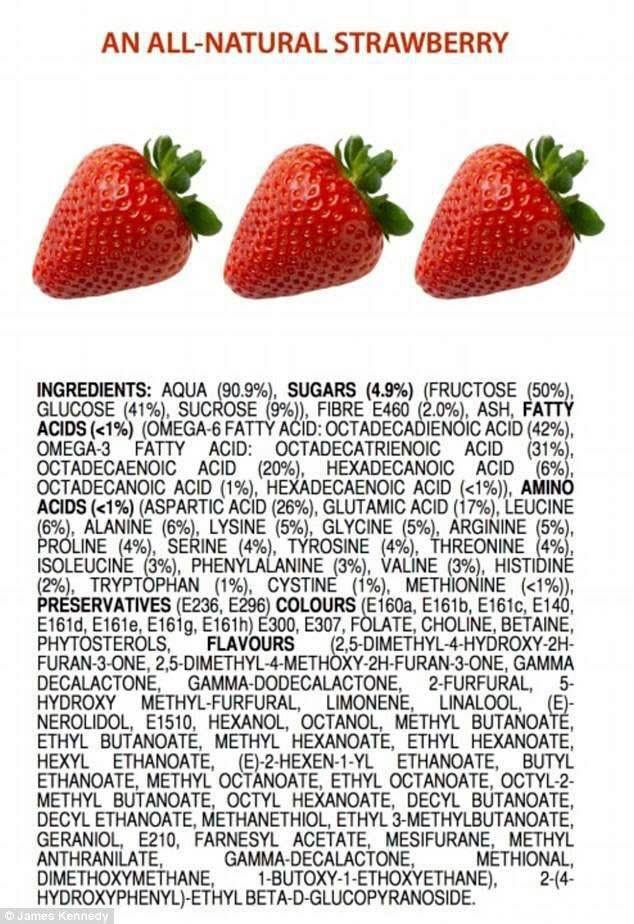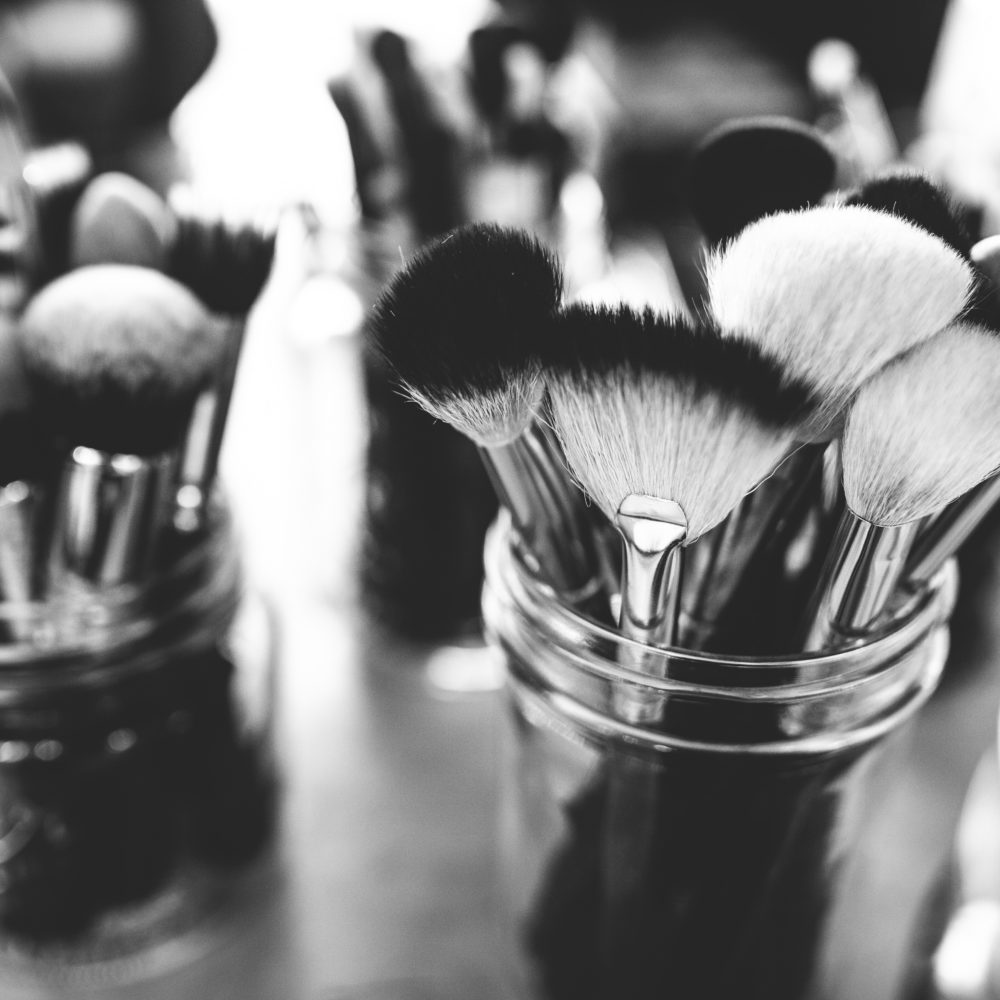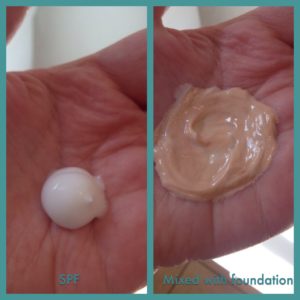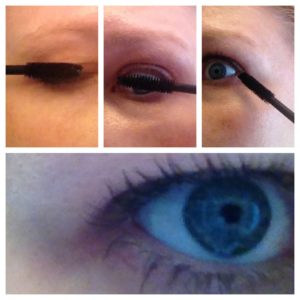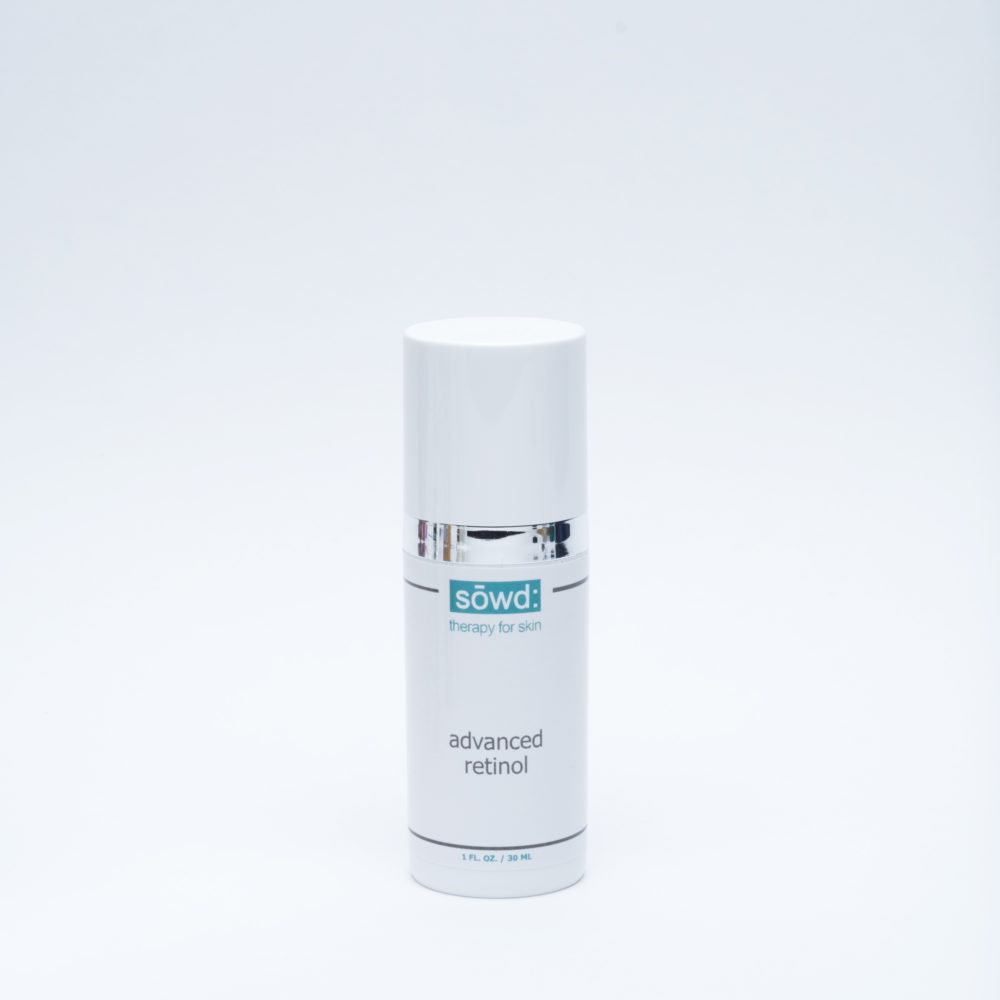Q: Do I need to use a toner?
A: First, I want to clarify the difference between an astringent and a toner. An astringent contains mild exfoliating ingredients and leaves the skin feeling tingly after its applied. A toner is mild, usually without alcohol, and designed to balance the PH level or soothe the skin. Excessively oily or acne prone skin can benefit from an astringent with active ingredients designed to remove oil and treat acne like salicylic acid.
Dry or combinations skin types can skip the toner. If your feel your face is still dirty after cleansing, wash it again. Just like shampoo directions: lather, rinse, repeat. We always cleanse the skin twice during professional treatments; the first cleanse removes dirt and makeup, the second cleanse cleans the skin. If you like the feeling a mist on your face or the smell of a particular toner (which can be lovely!) then by all means, use one! However, I don’t think they are necessary
for the health of your skin.
And more importantly, skipping the toner allows you more time to spend applying important products like eye cream!




